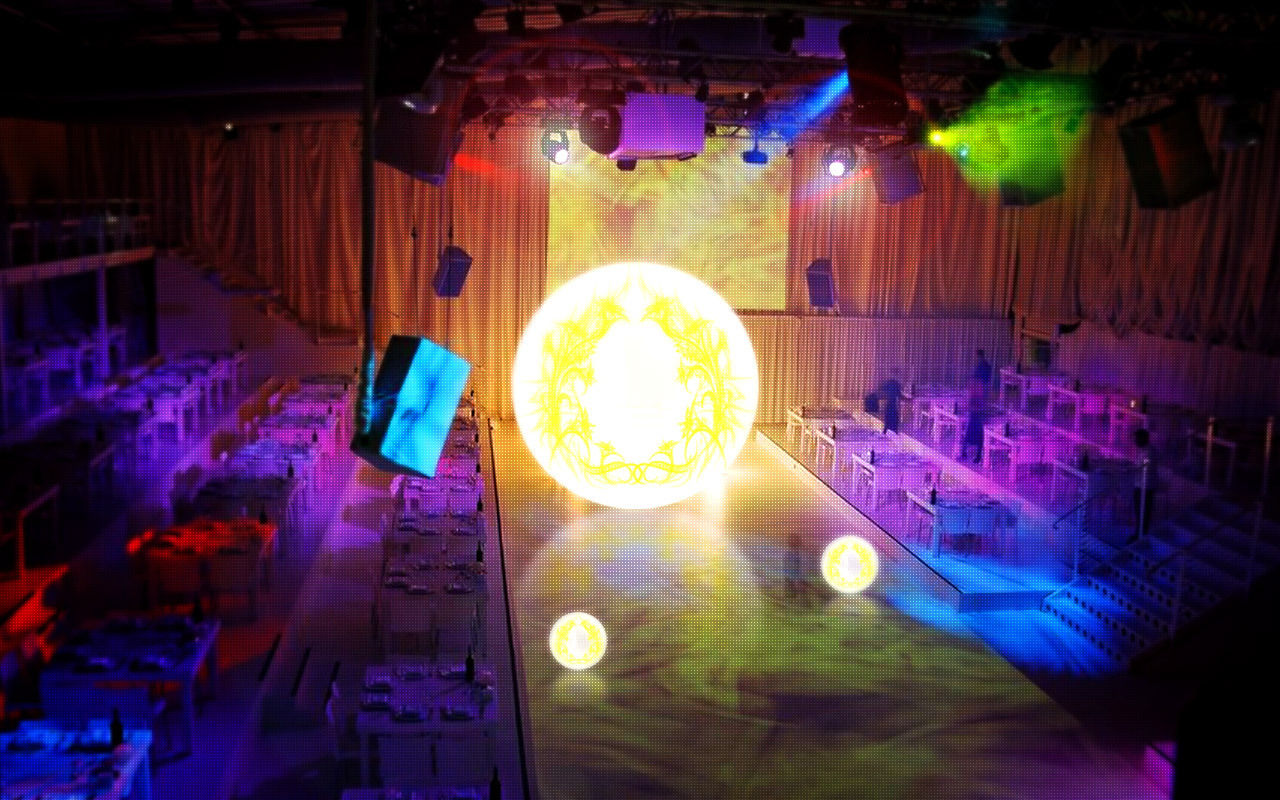
Robotics...
Inventions that change lives
Background:
Dr Farshid Ambirabdollahian, a senior lecurer in Adaptive Systems at the University, led a team of nine partner institutions from across five European countries as part of the project called ACCOMPANY (Acceptable Robotics Companions for Ageing Years). Over the past three years the project team effectively carried out a wide range of studies in the University’s Robot House which included, sensing the activity and status of people in a smart-home environment as well as concentrating on robots’ ability to remember and recall. In February 2015, the Care-O-bot was developed.
Researchers at the University of Hertfordshire have established a social robot which supports independent living for the elderly, working in partnership with their relatives and carers. Research results demonstrated that a social robot can potentially help to prevent isolation and loneliness, presenting stimulating activities while also respecting autonomy and independence. The project recieved "excellent results" when it conducted it's final review in Brussels.
Dr Amirabdollahian said: “This project proved the feasibility of having companion technology, while also highlighting the different important aspects such as empathy, emotion, social intelligence as well as ethics and its norm surrounding technology for independent living."
All required hardware drivers and simulation of the robot are accessible and obtainable in an enthusiastically supported open source repository. If there are any difficulties at all, there is a research community and mailing list to ensure a fast and target-orientation support.
These are the following scenarios which have already been applied on Care-O-Bot 3 successfully and can be demonstrated;
Fetch and Carry Tasks
To place an order to the robot, the user can choose the sought after object using e.g. a smart phone or the touch screen incorporated in the tray of the robot. Care-O-Bot is programmed to know where the different items are kept in the user’s home. Using it’s navigation system the robot is capable of self-sufficiently finding the way to its aim. After reaching its target, the Care-O-Bot 3 autonomously pinpoints the particular item, picks it up using its robotic arm and gripper and places it on it’s tray for transport and safe transfer to the user.
Entertainment and Communication
The interactive touch screen of the robot can be used for many different entertainment and communication functions. Video telephony, for example, enables communication between the user and other family members and friends if needed.
The touch screen can also be used as a game board e.g. for interactive mind games or cognitive training. Using its speakers, the robot can additionally be used to play music or tell stories.
The Care-O-Bot can remind the user of important appointments e.g. when to take is or her medication.
Emergency Support
In emergency situations, speedy and target-orientated support is crucial. When e.g. the user has fallen, Care-O-Bot 3 can move towards the collapsed person. At the same time, it can set up communication with an emergency centre, who can talk to the user by video telephony using the screen, speakers and microphone of the robot.
One of the many major strengths of this robot is its standardised and modular hardware setup. The use of many industrial components guarantees strong and reliable functionality and good support in case of any problems. They are the following;
Omnidirectional Platform
The robot is driven by four wheels. Each wheel’s orientation and speed can be set individually. This omnidirectional drive system enables complex actions even in constrained spaces. The base also includes the battery pack, three laser scanners and a PC for navigation tasks. The mobile platform can be functioned independently from the rest of the robot.
Sensor Head
The sensor head contains a high resolution stereo and a 3D camera. It is located on a horizontal axis that allows to move the sensor head back and forth. This axis in turn is attached to a manipulator, the torso, giving enough flexibility to position the cameras. The torso can also be used for body gestures, e.g. to give feedback to the user in an intuitive and natural way.
Manipulator
Care-O-Bot can be fitted out with different lightweight arms. Existing platforms use the Schunk Lightweight Arm 3 and the Kuka LBR, both providing 7 degrees of freedom. The arms can be controlled by CAN bus. Due to its integrated sensors the Kuka LBR is particularly sensitive.
Gripper
This robot is equipped with the Schunk Dexterous Hand (SDH). The SDH offers 7 degrees of freedom and integrated tactile sensors. Each of the three fingers has two aces, and two finders can be turned around one vertical axis. So different types of grasps can be performed and accomplished, e.g. cylindrical, spherical, parallel grasps. The joints allow position and velocity control and force control can be easily achieved by using the tactile sensor data. The gripper is a modular component that can be attached easily to the different manipulators using a fast changer system.
So what is the Care-O-Bot 3?
The Care-O-Bot 3
If you're old, in a retirement home, lonely and/or just curious, this is the page for you!
 |  |  |
|---|---|---|
 |